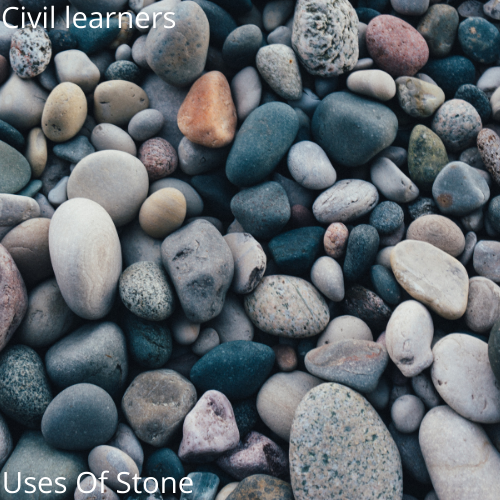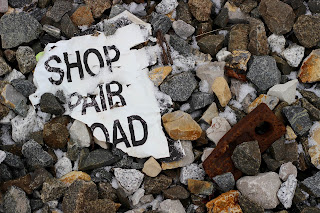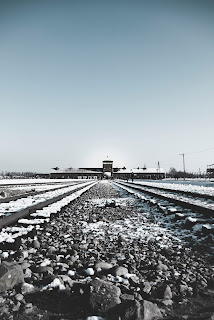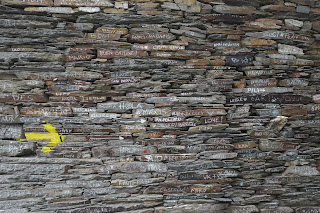Uses of stone and its applications
Uses Of Stone:
Definition:
Stone is a solid portion of the earth’s crust it has no definite shape and size it contains two or more minerals. In engineering, it is known as aggregate.
Stones are obtained from rocks with the process called the quarrying of stones.
Also read: Rock-forming materials
There are many uses of stone:
1)Quarried stones are used in the form of stone blocks.
2) stones are used as aggregate in concrete
3) in the olden days stone slaps are used
4) special types of stones are used for making sculptures
5) stones are used for making pools, river diversions.
5) stone lintels and stone flags
6) used for stone masonry
7) stones are used for decorative and ornamental applications
8) stones are used for cladding work purposes.
9) stones are used for civil engineering purposes.
8) stones are used as a structural unit for the construction of foundations, walls, columns, lintels, and arches.
9)slate is used in the form of tiles for the roof covering material
10) stones are used in the construction of bridge piers, retaining walls, lighthouses, chimneys, and dams
11) stones are used as paving for pavements, footpaths, etc
12) the stones are used as ballast railway lines.
13) are used for architectural effects to give a good appearance
14) coarse aggregate in the concrete
15) stones are used for hollow blocks
16) stones are also used as blast furnace flux.
17) As a road construction material
18) limestone is used for manufacturing lime and cement
19) stone is used as an insulating material
20) marble is used as a flooring material because of its aesthetic experience and high strength.
Also watch:
Apart from this it the uses of stones can be characterized as:
Stones are used m the construction of buildings from very ancient times. Even at present, they form a basic material for cement concrete and bricks. Following arc various uses to which stones are employed:
( 1) Structure :
Stones are used for foundations, walls, columns, lintels, arches, etc.
(2) Face-work:
Stones arc was adopted to give a massive appearance to the structure. Walls are of brick..;, and facing is done in stones of desired shades. This is known as composite masonry.
(3) Paving:
Stones are used to covering the floor of buildings of various n types such as residential, commercial, industrial, etc. They are also adopted to form paving of roads, footpaths, etc.
( 4) Basic material:
Stones are disintegrated and converted to form a basic material for cement concrete, moored of roads, calcareous cement, artificial stones, hollow blocks, etc.
( 5) Miscellaneous:
In addition to the above uses, stones are also used as:
(i) ballast for railways,
(ii) flux in blast furnaces,
(iii) blocks in the construction of bridges, piers, abutments, retaining walls, lighthouses, dams, etc.
Applications:
- Stones are used in ancient temples search has Hampi
- Taj Mahal at Agra
- The forts such as Red Fort, Jama Masjid
- Umed Bhawan of Delhi which is built with grey and Red Stone
- Sculptures
- The pyramids of Egypt.
- stones are also used as ballast in railway tracks.
Selection of Stone for engineering work:
- It should be hard
- It should be durable to withstand the atmospheric action
- It should be unaffected from smoke and atmospheric acids
- It should be hard and strong to resist the cracks
- It should be crystalline and homogeneous structure
- It should be workable
- It should be economical
Also read:
Deterioration of stones



